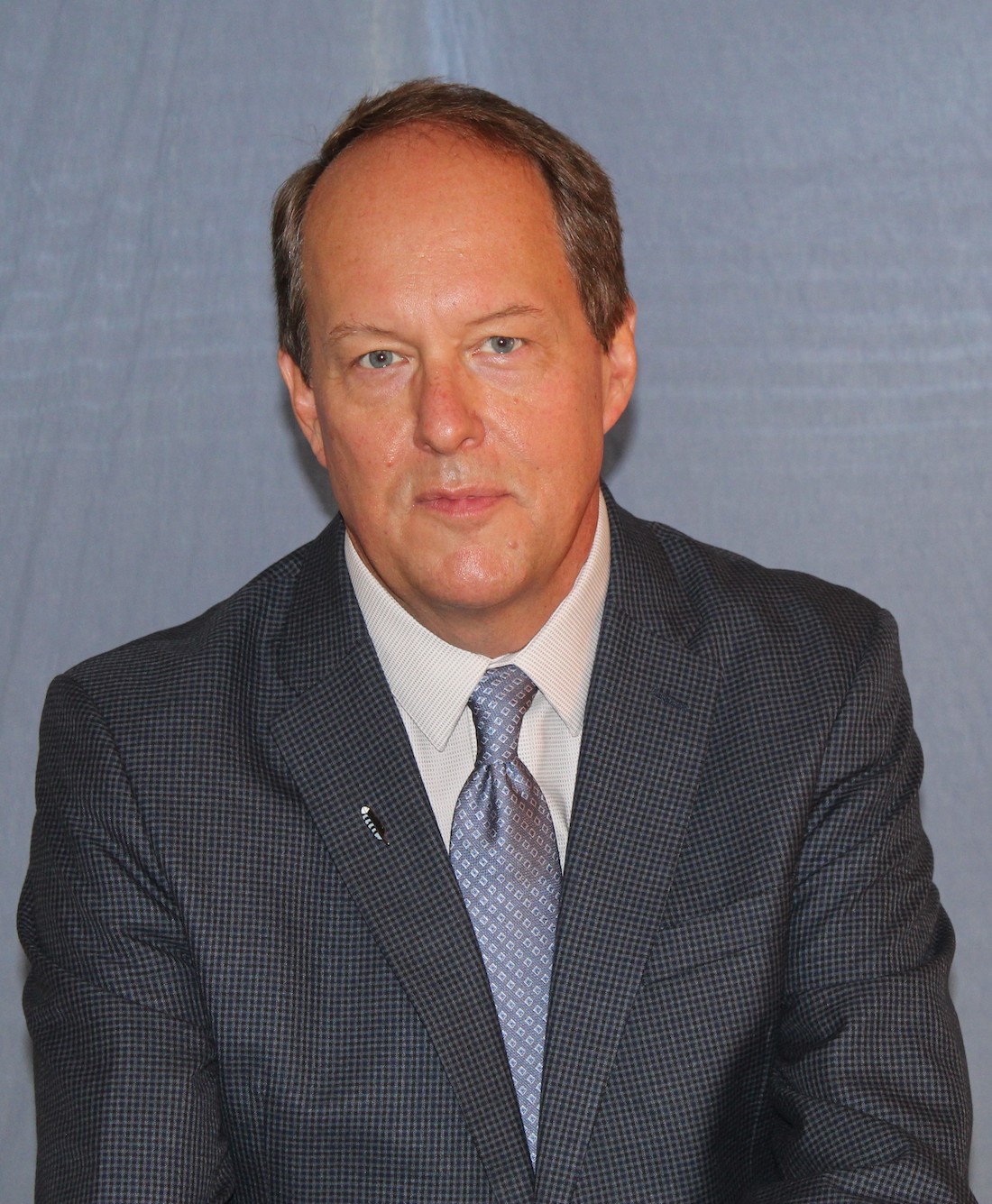In Brief: The State of PR in 2022; the Problem With Email
By Greg Beaubien
August 2022
More Responsibility, Tighter Budgets: The State of PR 2022
PR professionals find themselves stretched thin, attempting to cover four or more communications functions at once, Muck Rack says in its report “The State of PR 2022,” released in early June.
Seventy percent of survey respondents cite media relations as their primary task, with concurrent responsibilities for corporate communications (cited by 47 percent of respondents), thought leadership (47 percent) and media measurement and reporting (45 percent).
Overall, 55 percent of PR professionals work 41 or more hours per week, while 46 percent put in 41–50 hours and 9 percent work 51 hours or more. Fifty-three percent work after business hours or on weekends, at least once a week.
Asked to name their toughest challenges, the PR professionals surveyed cite lack of responses from journalists (52 percent), working within budget limitations (45 percent) and measuring the results of their work (38 percent).
When it comes to media relations, PR professionals are pitching story ideas to online/digital publications (cited by 76 percent of respondents), newspapers (61 percent), magazines (56 percent), TV (51 percent) and podcasts (46 percent).
Long Email Chains Waste Time, Undercut Performance, Study Says
Long chains of work emails are not just frustrating and time-consuming — they can also undermine performance of subsequent tasks, a new study says.
As The Wall Street Journal reports, researchers at Florida International University found that compared to face-to-face conversations, email exchanges make resolving complicated work issues more difficult.
“Not only do you have less motivation, but you also suffer cognitive deficits,” says Ravi Gajendran, an associate professor of management at the school and the study’s lead author.
Email is great for sending information, but when you need to reach a shared understanding, face-to-face communication works much better, Gajendran says. In experiments, pairs working face-to-face were more efficient than those communicating through email.
Asked to spot grammatical errors in a news story, the email communicators — working alone — caught 19 percent fewer mistakes than those who had communicated face-to-face.
Like Everyone Else, Managers Tempted to Quit Their Jobs
Managers’ responsibilities have become more time-consuming, complex and stressful, thanks to the pandemic, political discord, the “great resignation” and fears of a looming recession.
A recent Deloitte survey found nearly 70 percent of C-suite executives “seriously considering quitting for a job that better supports their well-being.” Eighty-one percent said improving their well-being is more important than advancing their careers.
In the first five months of 2022, 668 U.S.-based CEOs have left their positions — a record since outplacement-firm Challenger Gray & Christmas began tracking monthly CEO changes in 2002. Earlier this year, a Gartner survey found that roughly a quarter of midlevel managers feel overwhelmed by their responsibilities and are not mentally engaged at work.
Like other employees, managers are contending with personal pressures and want more flexibility in their jobs.
Many middle managers were hired after a wave of older managers decided to retire early during the pandemic, leaving those recent hires without advice from experienced colleagues.
Despite Lost Trust, Journalists Excited About Their Roles, Research Finds
Rocked by political polarization, economic upheaval and the coronavirus, 70 percent of U.S. journalists surveyed said they still find excitement and satisfaction in their jobs, Pew Research Center reports. Seventy-one percent said made-up news and information is a big problem for the country, with 48 percent saying news organizations generally do a bad job managing or correcting misinformation.
“A large majority” of journalists surveyed said they encounter misinformation at least sometimes when reporting stories, but remain confident they can spot falsehoods. Twenty-six percent said they had unknowingly reported a story later found to contain inaccurate information.
Fifty-five percent said that when reporting news, every side does not always deserve equal coverage. Eighty percent support keeping their own views out of their reporting.
Journalists sometimes hold views connected to the ideological composition of their audiences, Pew finds. Fifty-two percent said it’s not possible to report news that “nearly everyone finds accurate.” In Pew’s surveys, journalists recognize the public views them with skepticism.



